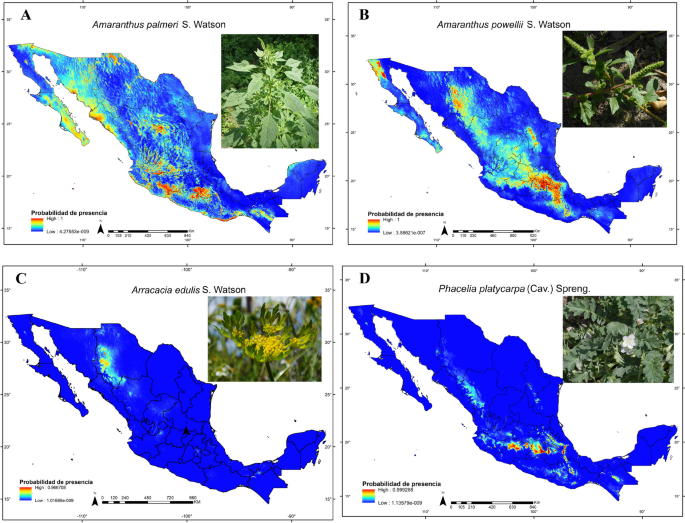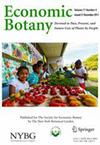Quelites Pasados of the Sierra Tarahumara, Chihuahua, Mexico: An Interdisciplinary Ethnobotanical Study of Leafy Green Vegetables
IF 1.3
2区 生物学
Q2 PLANT SCIENCES
引用次数: 0
Abstract
Abstract Leafy green vegetables have been a part of human diets throughout human history. Globally, they are gaining recognition since these wild foods could play an important role in food security. Quelites (the Mexican term for these resources) are dehydrated to produce “quelites pasados” by the Rarámuri in anticipation of the scarcity of food in winter. The diversity of quelites in the state of Chihuahua includes species of the widely consumed Amaranthus , as well as endemic, native, and introduced species that are eaten locally. The present work generated nutritional, sensory, and molecular information on four species that are consumed in the Sierra Tarahumara: Amaranthus palmeri , Amaranthus powellii , Arracacia edulis , and Phacelia platycarpa . Their nutritional analysis exhibited high protein values and a significant concentration of macro- and micronutrients. The acceptance by the public of the species of Amaranthus was high, while that of Arracacia edulis and Phacelia platycarpa was lower. Because of the morphological similarity within the two pairs of quelites, their DNA barcodes were generated as an identification tool which, together with the nutritional and sensory results, provides added value to the four “quelites pasados” of the Sierra Tarahumara. This study could be considered a starting point for sustainable use of native vegetables in future economic programs of regional agrobiodiversity, and even replicated globally.

墨西哥奇瓦瓦州Sierra Tarahumara的Quelites Pasados:叶绿蔬菜的跨学科民族植物学研究
在整个人类历史上,绿叶蔬菜一直是人类饮食的一部分。在全球范围内,由于这些野生食物可以在粮食安全方面发挥重要作用,它们正在获得认可。quelite(墨西哥对这些资源的称呼)被Rarámuri脱水制成“quelite pasados”,以应对冬季食物的短缺。奇瓦瓦州quelites的多样性包括广泛食用的Amaranthus物种,以及当地食用的地方性、本地和引进物种。本研究获得了塔拉乌马拉山脉食用的四种植物的营养、感官和分子信息:棕苋菜、细苋菜、毛豆苋菜和白菖蒲。他们的营养分析显示高蛋白值和显著浓度的宏量和微量营养素。公众对苋属植物的认可度较高,而对毛茛和白菖蒲的认可度较低。由于两对quelites在形态上的相似性,它们的DNA条形码被生成作为一种识别工具,连同营养和感官结果,为Sierra Tarahumara的四个“quelites pasados”提供了附加价值。本研究可作为未来区域农业生物多样性经济规划中乡土蔬菜可持续利用的一个起点,并可在全球范围内推广。
本文章由计算机程序翻译,如有差异,请以英文原文为准。
求助全文
约1分钟内获得全文
求助全文
来源期刊

Economic Botany
生物-植物科学
CiteScore
4.10
自引率
3.80%
发文量
25
审稿时长
>12 weeks
期刊介绍:
Economic Botany is a quarterly journal published by The New York Botanical Garden for the Society for Economic Botany. Interdisciplinary in scope, Economic Botany bridges the gap between pure and applied botany by focusing on the uses of plants by people. The foremost publication of its kind in this field, Economic Botany documents the rich relationship between plants and people around the world, encompassing the past, present, and potential uses of plants. Each issue contains original research articles, review articles, book reviews, annotated bibliographies, and notes on economic plants.
 求助内容:
求助内容: 应助结果提醒方式:
应助结果提醒方式:


